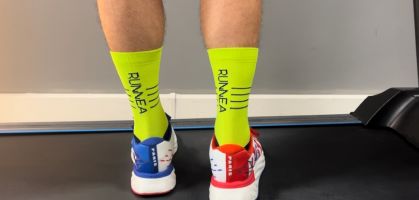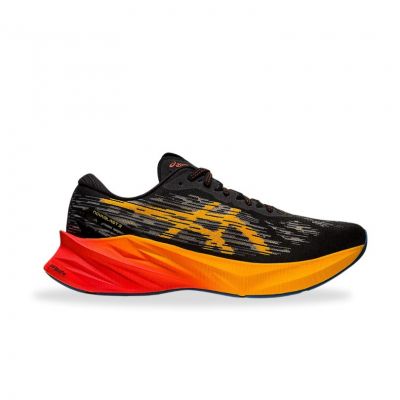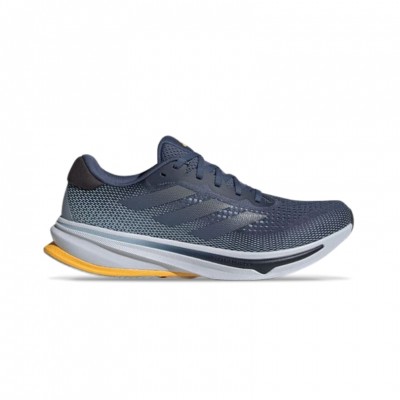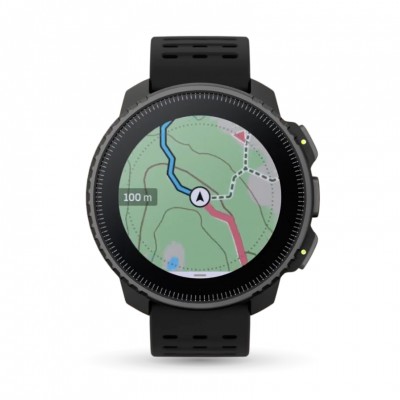In the following post we talked about cadence as one of the running metrics to take into account, because training aims to improve our performance, and to know if we improve: we measure, compare and evaluate several variables related to this process. From doing a test over a distance; looking at our heart rate; power generated; speeds associated with different metabolic moments, and an endless number of possibilities that our GPSHeart Rate Monitors & Sports Watches offer us in real time.
Normally we choose the model of these watches for the performance and aesthetics. However, in my humble opinion, we use on average 30-40% of the true potential of our heart rate monitor or sports watch and its corresponding applications.
It is normal to look at the speed developed in training, heart rate; sometimes, load certain tracks or training sessions, but these smart devices can help us much more in our workouts.
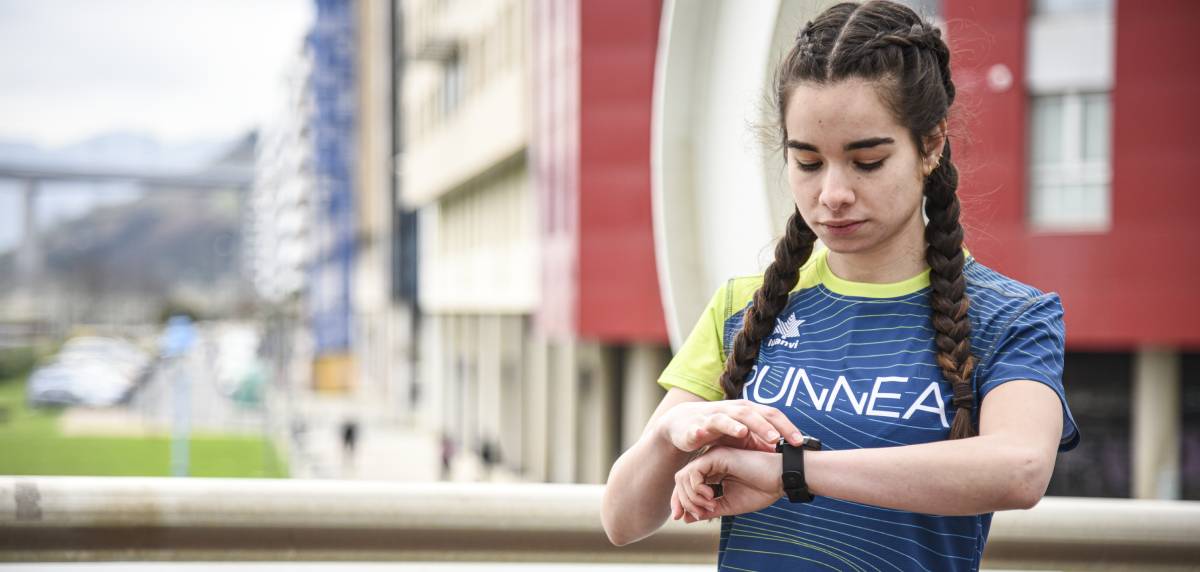
Metrics or running dynamics: How do they help you in your training?
The information I am referring to is the "running metrics", the main brands of Heart Rate Monitors & Sports Watches in their mid-high range models incorporate these variables. The main variables they handle are:
- Vertical oscillation,
- Foot contact time with the ground.
- Cadence.
It is true that depending on the brand and the model they incorporate more variables, but these three are some of the most interesting ones.
In this post we will focus on cadence . A parameter that in sports such as cycling has been studied a lot, but it seems something new for running (which it is not). Normally cadence is expressed in steps per minute and is part of theformula: speed = frequency x amplitude. Frequency is the runner's cadence and amplitude is the length of each step.
Sometimes we focus on looking for relatively large amplitudes to try to move faster, thus reducing the cadence. However, this behavior, which may have its logic, is not desirable. An unnatural increase in our stride will accentuate the contact with the heel on the ground and increase the deceleration of our body, which is not desirable because it increases the contact time.
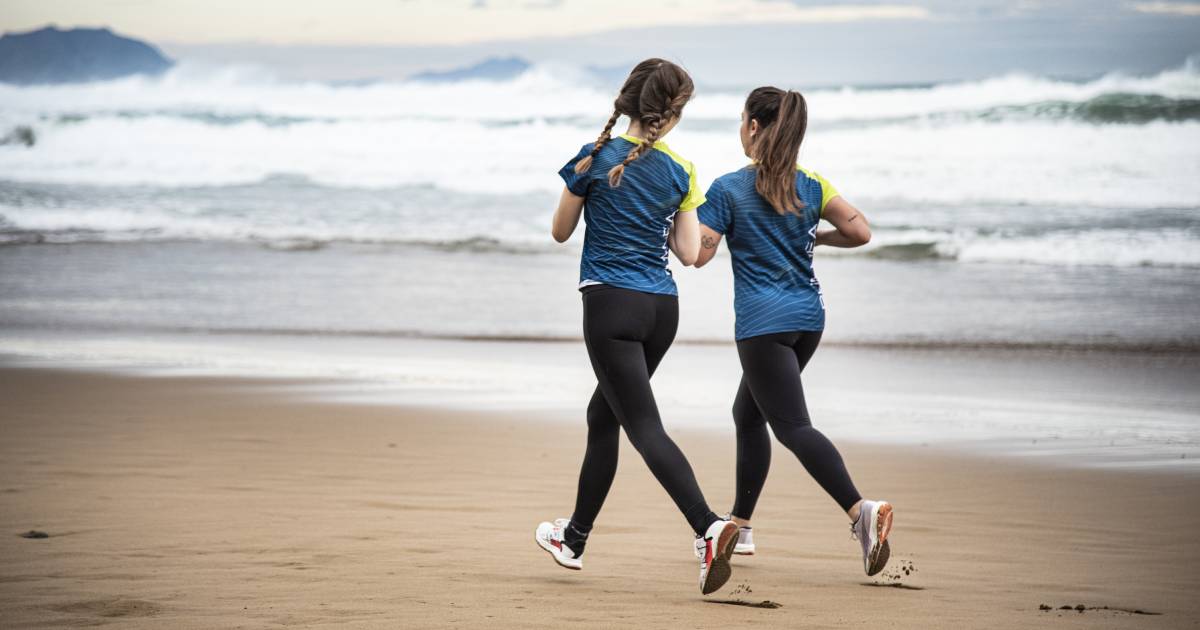
The importance of determining the correct relationship between amplitude and cadence
Increasing stride frequency (cadence) by partially reducing amplitude can have positive repercussions both in reducing the possibility of injury (especially those related to continuous high impact) and in running performance (improved economy).
An increase in cadence, at the expense of a partial stride reduction, enables easier midfoot landing and this appears to be key in reducing the vertical ground reaction forces when our foot contacts the ground, reducing the "drying" effect of a heel strike (Douglas et al., 2018; Yong et al., 2018).
In the studies by Douglas et al. (2018) and Young et al. (2018), it is evident that those runners who showed a higher cadence reduced the stress of suffered by the tibial plateau.
Therefore, the use of high cadences (>175 bpm) may be associated with less vertical oscillation,better application of force and a reduction in the stress generated in our joints due to the impact of our foot against the ground.
It is necessary to emphasize that the cadence will be in accordance with the speed of displacement. We will not be able, or it will not be necessary, to maintain such high cadences if we go out jogging at 9 km/h because if we were to do this our stride amplitude would be very small. It is necessary to achieve a balance between stride amplitude and stride frequency without distorting our running technique.
3 GPS Heart Rate Monitors & Sports Watches that include cadence, recommended on RUNNEA!
Garmin Forerunner 945
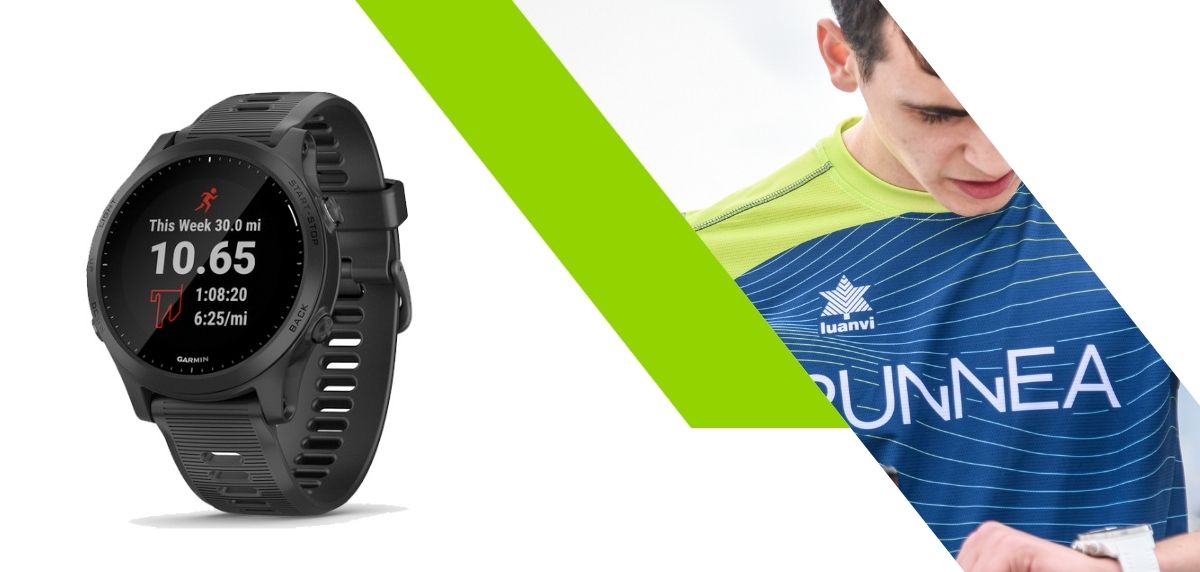
The high-end Garmin Forerunner 945 heart rate monitor is the ultimate choice for the multi-discipline athlete, but above all, it is the perfect ally for runners looking to take their metrics and performance to the next level.
Designed to replace its predecessor, the Forerunner 935, this latest version of the saga incorporates some of the most outstanding features of the Garmin Fenix family , in a more attractive and elegant format.
Polar Vantage V2
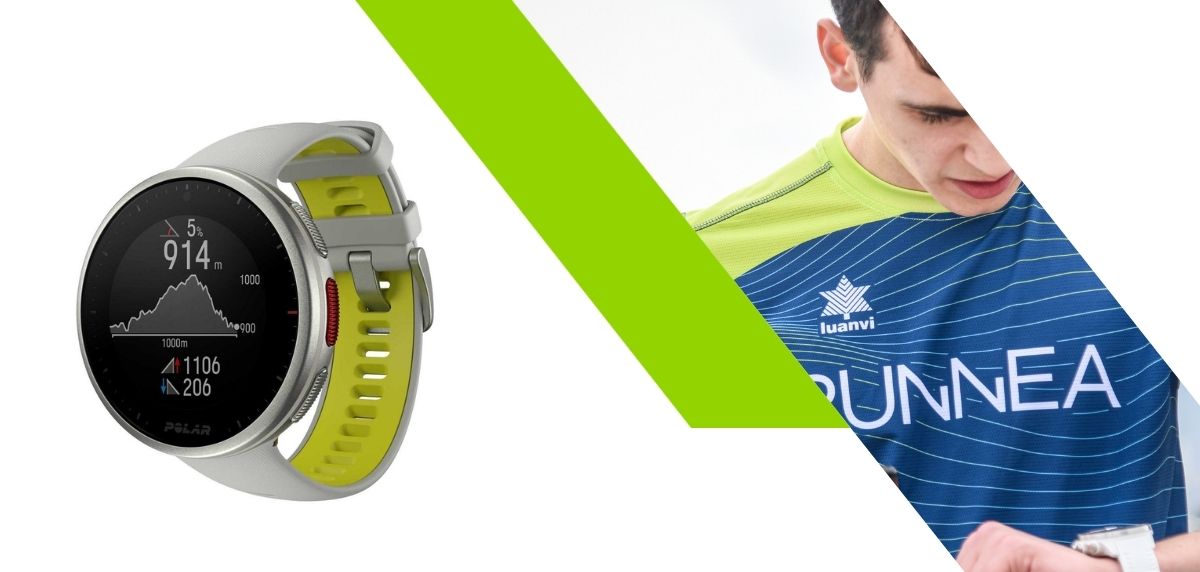
The Polar Vantage V2 is presented as the new flagship product of the Finnish firm. Designed specifically to increase the performance of the athlete, this premium watch significantly reduces your weight compared to its latest version, the Polar Vantage V, and incorporates new performance tests that allow you to adapt the results of training sessions to the progress of each athlete.
Suunto 9
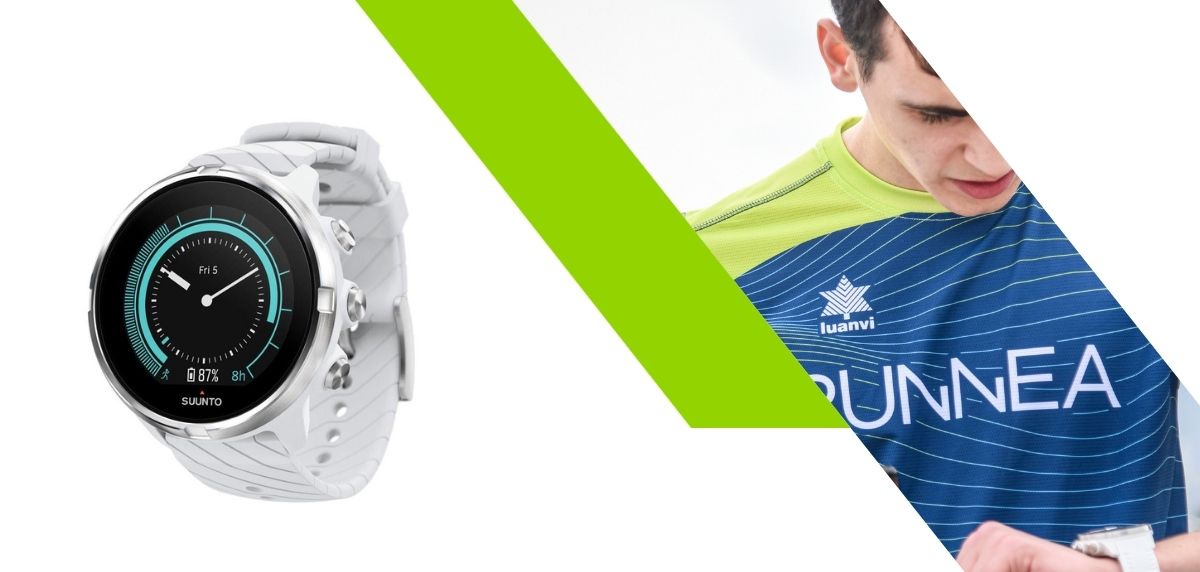
Suunto could not be missing in our recommendations either. And of course, we go to the top of the range, the Suunto 9, although there are also other options available such as the Suunto Spartan Sport Wrist HR Baro, which apply the cadence section in their training metrics. It must be said that the cadence does not appear as a function in itself, but the recording of speed and distance in running are based on the cadence of the runner to better optimize their training. In addition to being compatible with the Suunto Foot POD, as well as external sensors to record heart rate, power, cadence and speedrunning and cycling).
And a smartwatch with a very sporty spirit
Samsung Galaxy Watch Active 2

The alliance of two brands as powerful as the technological Samsung and sports Under Armour have resulted in the launch of the Samsung Galaxy Watch Active 2 Under Armour Edition. Thesmartwatch designed 100% for runners, because it offers a fully connected running experience thanks to the MapMyRun community, and also training based on cadence in real time (shoes with HOVR technology). A way to have the most accurate data about each workout at hand, and thus progress more efficiently.
Bibliographic references
- Adams, D., Pozzi, F., Willy, R. W., Carrol, A., & Zeni, J. (2018). ALTERING CADENCE OR VERTICAL OSCILLATION DURING RUNNING: EFFECTS ON RUNNING RELATED INJURY FACTORS. International Journal of Sports Physical Therapy. https://doi.org/10.26603/ijspt20180633
- Yong, J. R., Silder, A., Montgomery, K. L., Fredericson, M., & Delp, S. L. (2018). Acute changes in foot strike pattern and cadence affect running parameters associated with tibial stress fractures. Journal of Biomechanics. https://doi.org/10.1016/j.jbiomech.2018.05.017
Read more news about: Running Training




